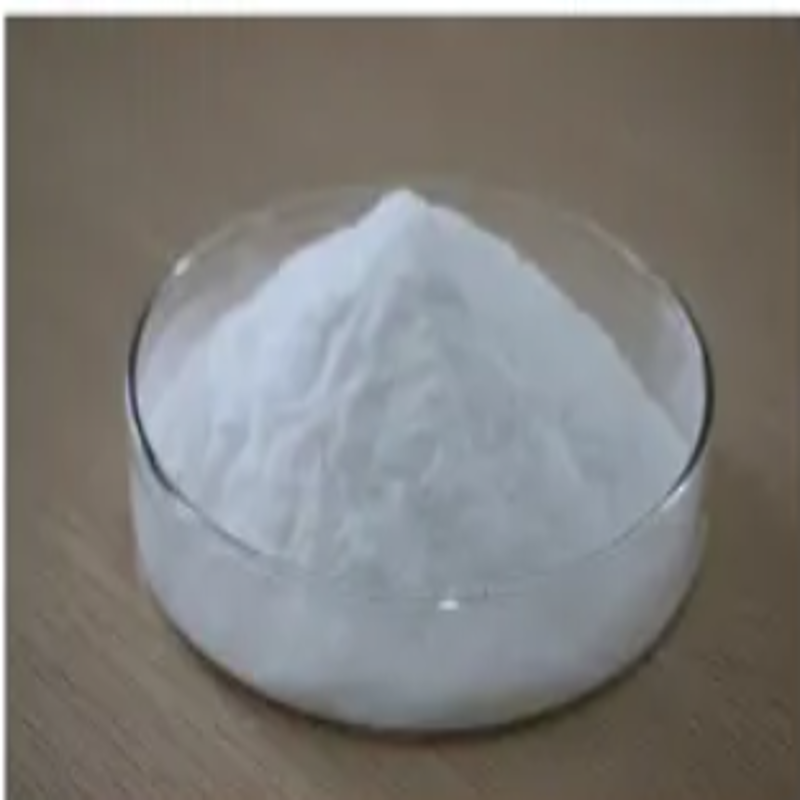-
Categories
-
Pharmaceutical Intermediates
-
Active Pharmaceutical Ingredients
-
Food Additives
- Industrial Coatings
- Agrochemicals
- Dyes and Pigments
- Surfactant
- Flavors and Fragrances
- Chemical Reagents
- Catalyst and Auxiliary
- Natural Products
- Inorganic Chemistry
-
Organic Chemistry
-
Biochemical Engineering
- Analytical Chemistry
-
Cosmetic Ingredient
- Water Treatment Chemical
-
Pharmaceutical Intermediates
Promotion
ECHEMI Mall
Wholesale
Weekly Price
Exhibition
News
-
Trade Service
Patients with Down syndrome and acute lymphoblastic leukemia have an increased risk of treatment-related mortality and recurrence due to adverse genetic mutations (such as IKZF1 deletion)
.
This study aims to compare the potential impact of Down syndrome with the impact of adverse cancer genetics on the prognosis of patients with acute lymphoblastic leukemia
Included the combined Down syndrome in eight trials (DCOG ALL10, ALL11, ANZCHOG ALL8, AIEOP-BFM ALL2009, UKALL2003, NOPHO ALL2008, CoALL 07-03 and CoALL 08-09) conducted from 2002 to 2018 Patients with acute lymphocytic leukemia (1-23 years old), and matched patients with acute lymphocytic leukemia without Down syndrome
.
According to the clinical risk factors and genetic variation, the ratio of 1:3 is matched
Cumulative recurrence rate of children with Down syndrome
Cumulative recurrence rate of children with Down syndromeAmong 251 children and adolescents with Down’s syndrome and acute lymphoblastic leukemia , 136 were included in the analysis, and 407 children with acute lymphoblastic leukemia without Down’s syndrome were matched (matched control group)
.
Children with acute lymphoblastic leukemia with or without Down syndrome have a higher proportion of MRD patients after induction therapy (yes vs.
Children with acute lymphocytic leukemia with or without Down’s syndrome have a higher proportion of MRD patients after induction therapy is over Proportion of MRD patients
Cumulative recurrence rate of children with Down syndrome and IKZF1 deletion
Cumulative recurrence rate of children with Down syndrome and IKZF1 deletionIn the IKZF1 deletion subgroup, children with Down syndrome and acute lymphoblastic leukemia have a higher risk of recurrence than the control group (5-year recurrence rate: 37.
1% vs 13.
2%; cause-specific risk ratio 4.
3, 95 % CI 1.
6-11.
0; p=0.
0028); but in the wild-type IKZF1 subgroup, there was no significant difference in the risk of recurrence between the two groups (5-year recurrence rate: 5.
8% vs 8.
1%; 1.
0, 0.
5-2.
1; p=0.
99)
.
In the IKZF1 deletion subgroup, children with Down syndrome and acute lymphoblastic leukemia are compared The control group has a higher risk of recurrence
Cumulative recurrence rate of children with IKZF1 deletion and MRD after induction
Cumulative recurrence rate of children with IKZF1 deletion and MRD after inductionIn addition to an increase in induced death (6% vs 0.
8%), Down’s syndrome combined with acute lymphoblastic leukemia is also associated with higher treatment-related mortality (TRM) after induction (5-year TRM: 12.
2% vs 2.
7) %; p<0.
0001)
.
Compared with the control group, Down’s syndrome combined with acute lymphoblastic leukemia is also associated with post-induction treatment Mortality rate (TRM) is more relevant
In conclusion, induction therapy is equally effective for children with acute lymphoblastic leukemia with Down syndrome and children with acute lymphoblastic leukemia without Down's syndrome
.
Down syndrome increases the risk of poor prognosis for patients with IKZF1 deletion variants , indicating that there is an interaction between the germline environment and this low-risk somatic variant
Down syndrome increases the risk of poor prognosis for patients with IKZF1 deletion variants.
Original source:
Naomi Michels, et al.
Minimal residual disease, long-term outcome , and IKZF1 deletions in children and adolescents with Down syndrome and acute lymphocytic leukaemia: a matched cohort study in this message







